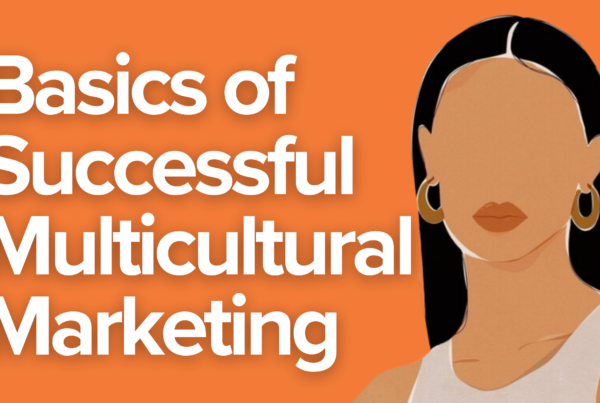Key Takeaways:
- Memes Bridge Generational Gaps: Memes serve as a universal language that resonates across diverse age groups, particularly Gen Z and Millennials.
- Memes Enhance Brand Engagement: Memes offer a unique opportunity to connect with audiences on a personal level by tapping into shared experiences and humor.
- Strategic Meme Marketing: Successful meme marketing requires a strategic approach, including researching the target audience, identifying relevant memes, creating original content, and timing posts for maximum impact.
- Authenticity is Key: To effectively leverage memes in marketing, brands must maintain authenticity and relevance to their target demographic.
In a time where content bombards us from all directions, memes have emerged as a cultural phenomenon that resonates particularly well with the younger generations – Gen Z (Zoomers) and Gen Y (Millennials). We want to explore the basics of meme marketing and provides a step-by-step guide on leveraging memes for effective multicultural marketing and targeting diverse demographics. Should you be using memes? – Let’s find out!
Understanding Gen Y and Gen Z:
Gen Y, also known as Millennials, and Gen Z, or Zoomers, are two generations characterized by their familiarity with digital technology, social media, and a unique sense of humor. Millennials, born between 1981 and 1996, are known for being early adopters of technology, while Gen Z, born between 1997 and 2012, is marked by a more innate connection to the digital world, having grown up in an era of advanced internet and social media. So we’re talking about people born anywhere from 1981 to 2012. Since this encompasses a large age demographic, we won’t resort to giving some basic characteristics, rather we’ll focus on the thing they have in common and how you can use it in your marketing.
What Are Memes?
Memes, in the context of the internet, are cultural symbols or ideas that spread virally from person to person. They can take the form of images, videos, or text, often characterized by humor, satire, or references to shared experiences. Memes have become a language of their own, facilitating communication and expression across diverse online communities. The definition of a meme depends on the context. It is a scientific concept, first coined by evolutionary biologist Richard Dawkins in the 1970s. It’s also an anthropological concept that describes behaviors or ideas that pass among groups of people. Then, there’s the specific internet concept that describes pictures, phrases, videos or other artifacts that circulate and get remixed among social media platforms and often bleed into real life. Whatever the context, the idea is the same: A meme is something that is shared among people, often evolving and adapting as it goes. It’s not a terribly strict definition. Here are a list of the oldest memes, just to give you a quick take back!
Why Memes Are Effective in Marketing:
Memes are Relatable:
Memes tap into universal experiences, creating an instant connection with the audience by addressing common struggles or joys.
Memes are Shareable:
Designed for sharing, memes spread quickly across social media platforms, making them a potent tool for building brand awareness.
Memes are Attention-Grabbing:
With their humor and often absurd nature, memes capture attention more effectively than traditional marketing messages.
Leveraging Memes in Marketing:
Tap into Nostalgia:
Use memes referencing nostalgic pop culture or historical events to connect with Gen Z and Millennials on a deeper emotional level.
Humanize Your Brand:
Showcase the human side of your brand through memes. Share behind-the-scenes photos or create memes featuring employees to build a personal connection.

Stay Current with Trends:
Keep up with the latest meme trends to remain relevant. Understanding the evolving language, formats, and intent behind memes is crucial.
Know Your Audience:
Recognize that different generations engage with memes differently. Gen Z, for instance, views memes not just as comedy but as a core part of their communication.
Step-by-Step Plan for Meme Marketing:
Research Your Audience:
Understand the preferences, humor, and values of your target demographic.
Identify Relevant Memes:
Find memes that align with your brand’s message and resonate with your audience.
Create Original Content:
Develop unique memes that reflect your brand personality while being relatable and shareable.
Timing is Key:
Post memes at strategic times, aligning with peak online activity of your target audience.
Engage with Your Audience:
Encourage interaction by asking questions or creating challenges related to your memes.
Analytics and Adaptation:
Monitor meme performance using analytics tools, and adapt your strategy based on engagement and feedback.
Incorporating memes and humor into your marketing strategy can be a powerful way to connect with Gen Z and Gen Y. By understanding the cultural nuances, staying current with trends, and creating authentic, shareable content, brands can leverage the impact of memes to engage diverse demographics in a multicultural marketing landscape.



